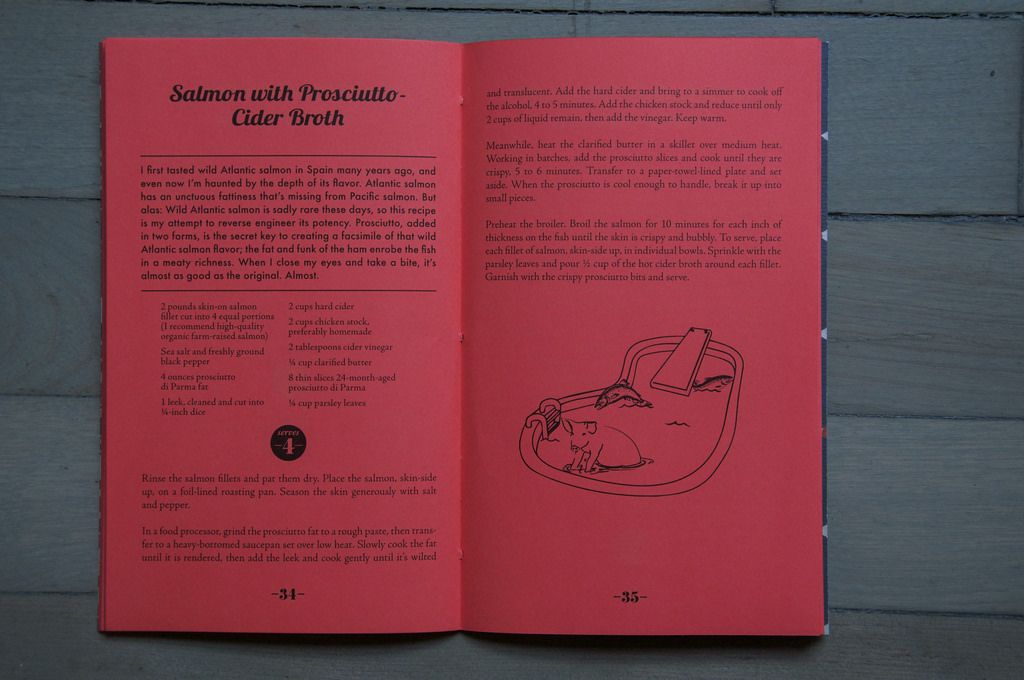
On Black & Highly Flavored, co-hosts Derek Kirk and Tamara Celeste shine a light on the need-to-know movers and shakers of our food & beverage industry.
Listen NowPopular on Food52
3 Comments
AntoniaJames
April 17, 2015
I won't buy a book with red pages, period. I don't care how beautiful or thoughtful the other design elements might be. It's just too user un-friendly. What a shame, because I generally like Sara Jenkins' recipes and writer's voice.
I like the inclusion of line drawings - wish more cookbooks had them instead of photos! ;o)
I like the inclusion of line drawings - wish more cookbooks had them instead of photos! ;o)
amysarah
April 17, 2015
Maybe not intentional, but black ink on red background thwarts copying (at least on commonly available copy machines.) Re type - not crazy about 3 different fonts in such small space, but with that array, I'd have used the serif for the headnote (easier to read in larger/bolder size) and the sans serif for the body text (easier to read in small point size, especially against red.) Could I give a more nerdy reply?


See what other Food52 readers are saying.